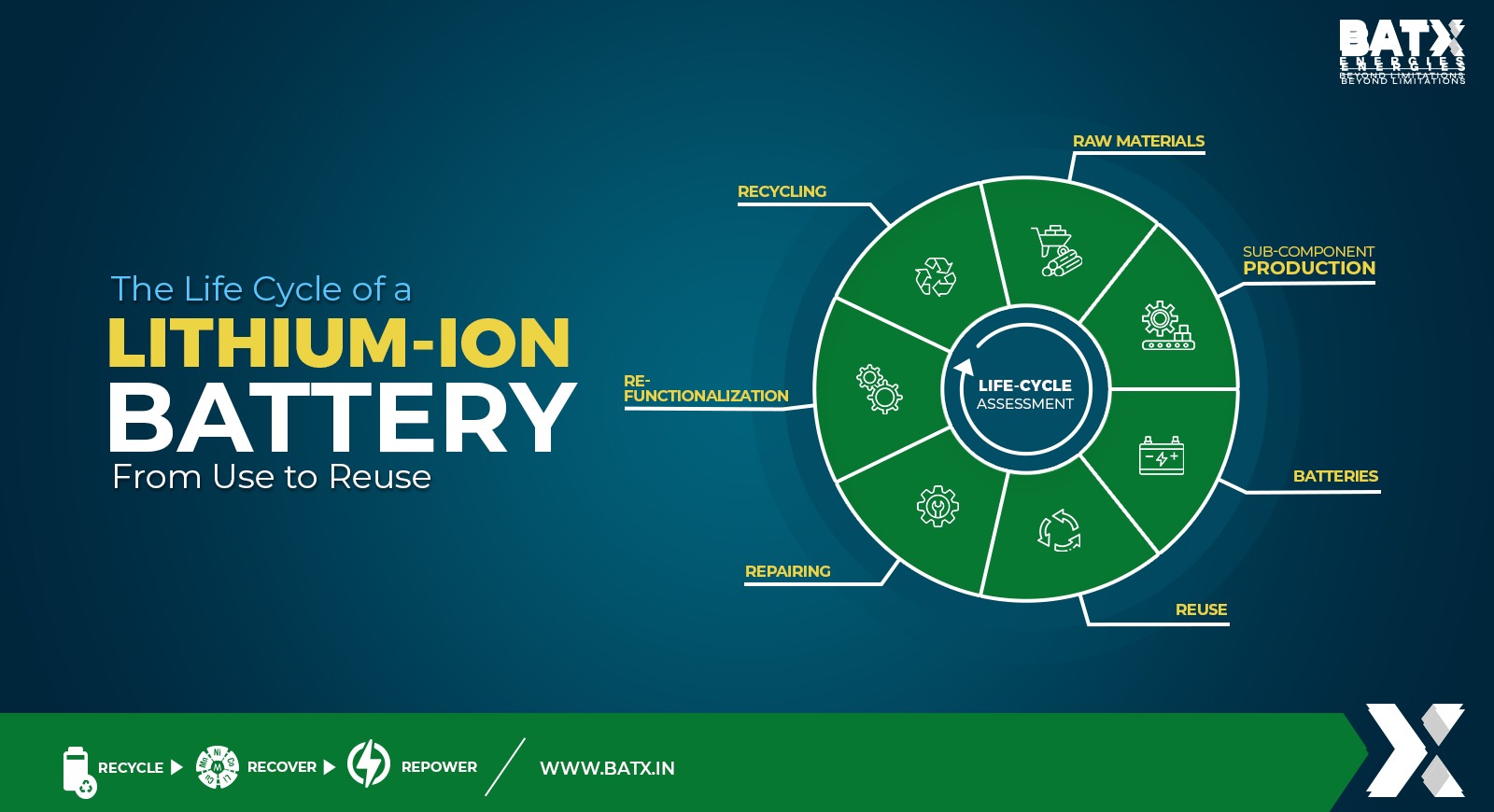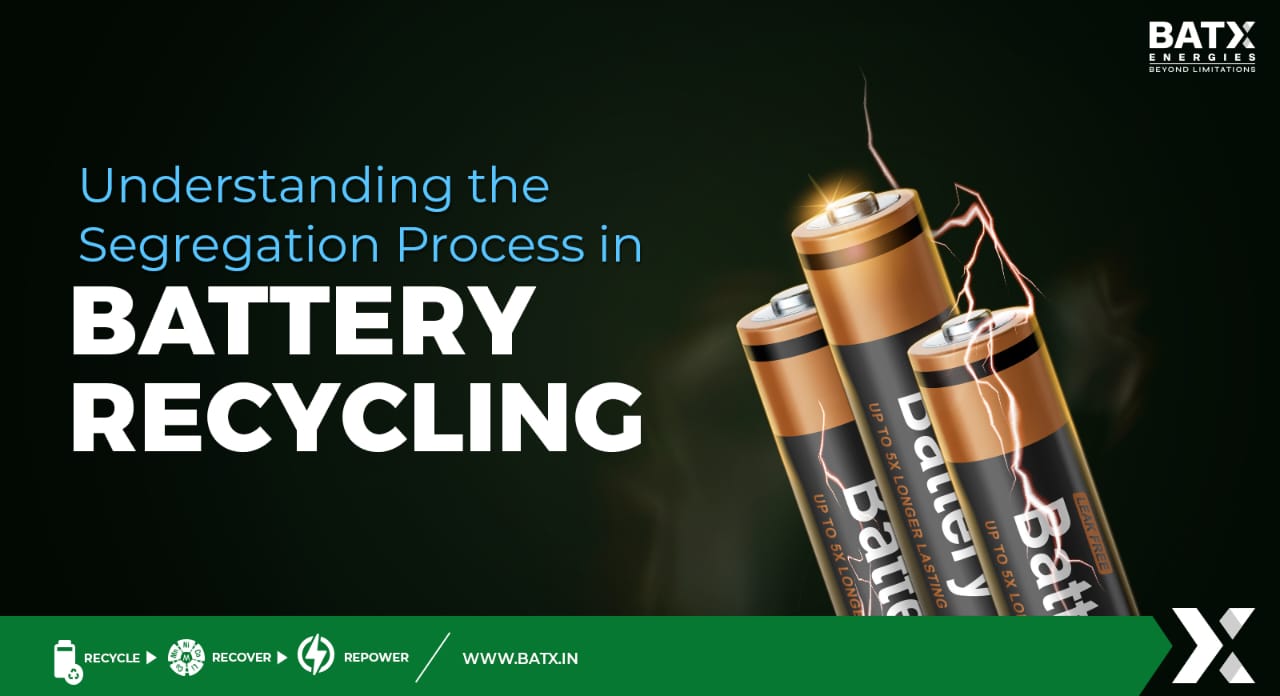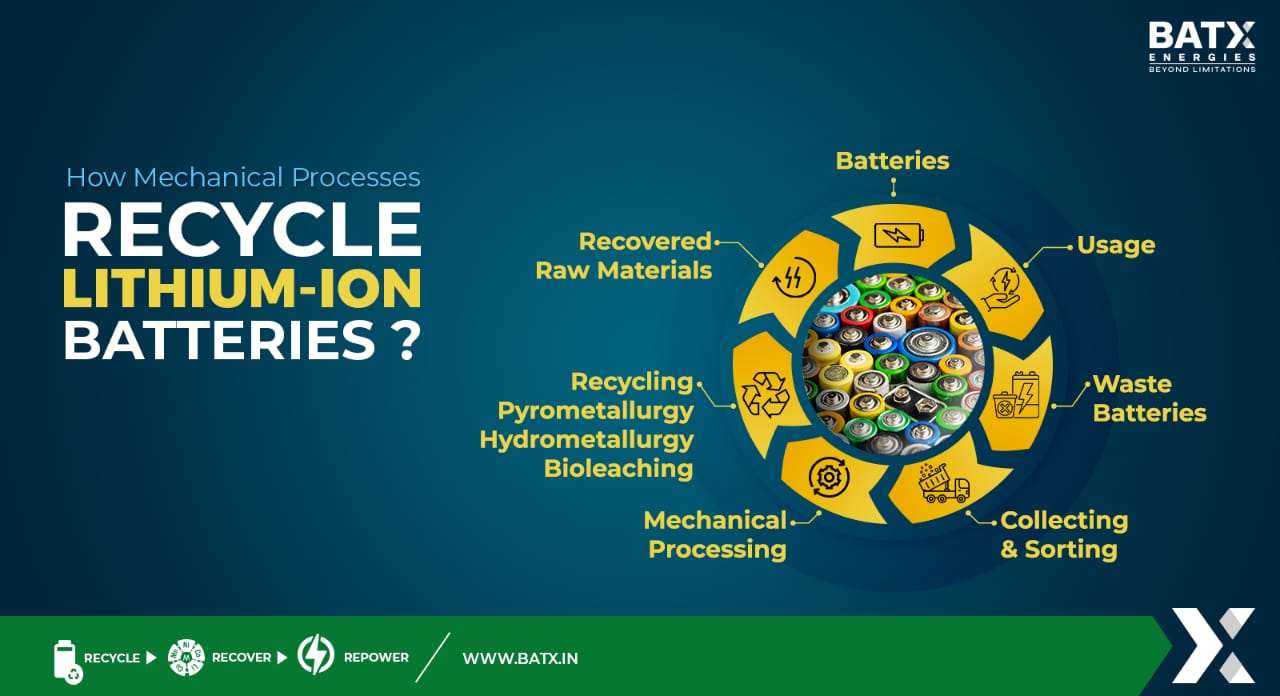Storage of “green electricity” is identified as one of the most important research problems in energy system applications. Practical and effective energy storage can help increase the contribution of renewable energy to the global energy mix and can also lead to a sustainable energy future. We can find lithium batteries in nearly every rechargeable device inside and outside our homes. But right alongside the influx of new all-electric vehicles has come a wave of hydrogen-powered transportation options.
Big-name car companies like General Motors, Toyota, and Volkswagen are developing and marketing their own hydrogen EVs, some of which could be out in the next few years. Proponents of this technology note that hydrogen is more common than lithium by a long shot — it’s literally the most abundant element in the universe — and that it produces energy just as cleanly, since the only end products of burning hydrogen are heat and pure water.
Like a battery, a fuel cell harnesses a chemical reaction to produce energy in the form of electricity. More specifically, Hydrogen fuel cells generate electricity, water and heat from hydrogen and oxygen.
The beauty of hydrogen fuel cells is that you get electricity, heat and (potable) water as outputs with hydrogen and oxygen as inputs. Oxygen is abundant in the atmosphere while hydrogen is the most common element in the universe. However, hydrogen tends to bond very easily with other elements. Therefore, it has to be artificially isolated before being usable as fuel through processes that are quite expensive and energy-consuming.
Hydrogen used in fuel cells has the energy to weight ratio ten times greater than lithium-ion batteries. Consequently, it offers much greater range while being lighter and occupying smaller volumes. It can also be recharged in a few minutes, similarly to gasoline vehicles. However, Hydrogen fuel cells also come with a lot of drawbacks. First of all, hydrogen is mainly obtained from water through electrolysis which is basically a reversed fuel cell and takes electricity and water to produce Hydrogen and Oxygen. The source of this electricity can range from renewables to coal depending on where you are in the world, hence hydrogen extraction can be very clean or dirtier than a typical gasoline car.
Ideally, clean energy stimulus packages would include battery and electrolyser manufacturing simultaneously in order to take advantage of the spill-over benefits between the two technologies and they would provide measurable benefits throughout the industrial value chain.
After all, there are new battery designs coming out every day, and one of them is bound to take the top spot away from lithium-centric batteries eventually.



